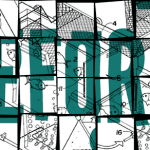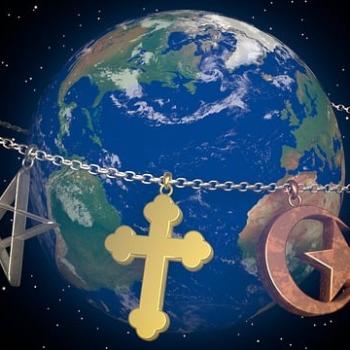Whatever happened to All Saints’ Day? The time-honored holiday designed to celebrate the eternal life of those who have died in Christ has been overshadowed by holidays that celebrate death.
In the early church, All Saints’ Day, or All Hallows, was a commemoration of the martyrs, those who gave their lives for the faith. In the Middle Ages, it became an occasion to honor all of the saints, particularly those who didn’t have a saint’s day of their own in the church calendar. With the Reformation and its insight that all Christians, while being sinners, are also saints, the holiday became an occasion to reflect on all the redeemed who are now in Heaven, especially friends and family members who have died. All Saints’ is the church’s Memorial Day.
One of the customs in celebrating All Hallows was a vigil the evening before, parallel to the Christmas Eve vigil before Christmas day. This was called All Hallows Eve, contracted into “Halloween.” No, Halloween was not the Samhain of Celtic and modern Wicca paganism, as is often claimed today. All Saints and its vigil were celebrated extremely early, way back to the 2nd century, and in places far removed from Celtic lands. Also the Celtic Samhain originally had nothing to do with the dead, as such. Scholars think the later pagan festival was derived from the Christian observance, not the other way around.
But now Halloween has taken on a life of its own (so to speak) and has completely overshadowed All Saints’ Day, which has all but faded from the awareness even of Christians. And the meaning of Halloween has completely changed. I have no problem with little kids dressing up and going trick or treating. But I do have a problem with the way many adults observe the day, such as welcoming little trick or treaters by decorating their yards with depictions of hanging corpses, decapitated heads, and mutilated babies (made from baby dolls). (See Joy Pullman’s Stop Turning Your Yard into a Hellscape for Halloween.) This adult version of Halloween is all horror. And some people find horror, death, evil, and the demonic entertaining. Some people love darkness rather than light (John 3:19). For 9% of Americans, Halloween is their favorite holiday.
Halloween is the day before All Saints’, and now the day after All Saints’ is getting more and more attention. November 2 is celebrated in Mexico as the Day of the Dead. Since the Roman Catholic All Saints’ Day is more about the cult of the saints than a Christian Memorial Day, Mexicans originally took the next day to honor their deceased family members. It became a curiously light-hearted day, featuring family picnics in cemeteries, but it soon brought back the animistic practice of ancestor worship, complete with offerings–food, liquor, cigarettes, cash–to the dead.
One can already see the Day of the Dead spreading to the United States too, with its whimsical skulls, skeletons, and other merchandise on sale at a wide range of businesses, including Walmart. The commercialization of the Day of the Dead will surely herald its embrace by Americans, especially those who would love a reprise of Halloween.
All Saints’ Day, a celebration of life eternal, is thus bracketed by two days that celebrate death. All Saints’ is about a Christian view of death, which is different from both the macabre darkness of Halloween and the cheerful superstition of the Day of the Dead. For Christians, death is tragic, to be sure. It can lead to judgment, to a darkness and horror that goes far beyond Halloween fantasies. But for those who are in Christ, those sinners who are saints through the cross of Jesus, death ushers them into a state of everlasting joy.
All Saints’ Day services are serious and thoughtful, yet serene. The central custom is simply reading the names of the church members and members’ loved ones who have died in the previous year. The simple act of naming the dead is very moving, calling them into remembrance and honoring them as persons. And the service typically includes Holy Communion, in which we join together, in the words of the Proper Preface, “with all the company of heaven.”
As I grow older, I find that the more people I know who have died–especially those whom I have loved and admired–the less I fear death. I don’t know why that is. It is not some intellectual conviction, just a feeling. The poet John Donne seems to have had the same impression. In his great poem Death Be Not Proud, a good one for All Saints’ Day, he says, addressing a personified Death, “our best men with thee do go,/ Rest of their bones, and soul’s delivery.” If the very best of us have passed over into death, how bad can it be? Won’t it be good to join them?
That’s what I get from All Saints’ Day. Christians should recover that holiday and revel in what it means. Maybe that could spill over into the day before and the day afterwards.
Illustration: All Saints by Fra Angelico – Originally from en.wikipedia; description page is/was here. Transfer was stated to be made by User:richardprins, Original uploader was Sampo Torgo at en.wikipedia, Public Domain, https://commons.wikimedia.org/w/index.php?curid=3000363














